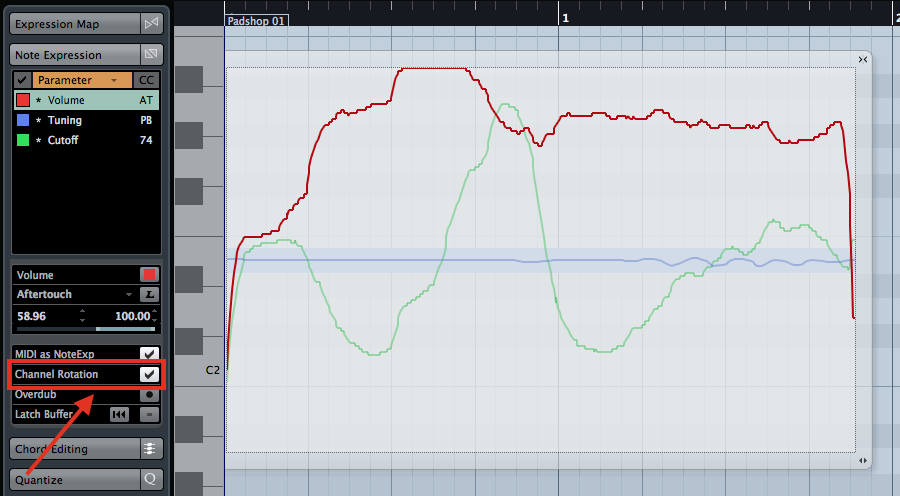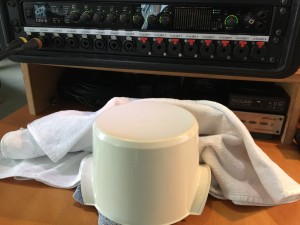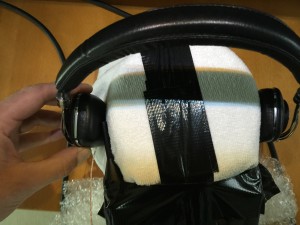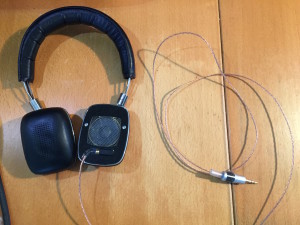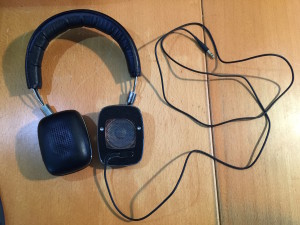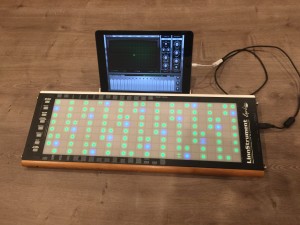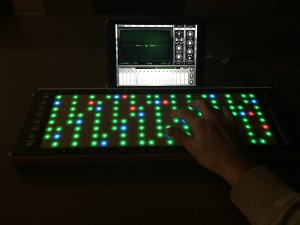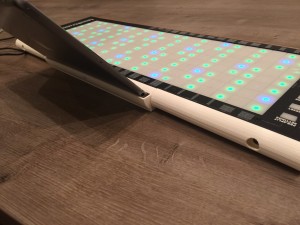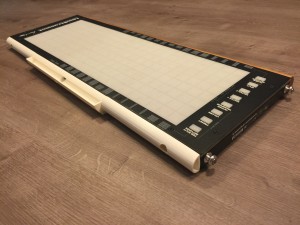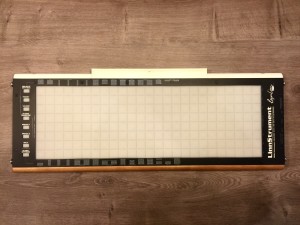I’ve recently witnessed and been part of a few debates about high-resolution audio, in particular related to the Pono Player. Many people claim that it makes no sense to use better than CD quality, while others (like me) do think it makes a meaningful difference.
During those discussions, I also brought up that cables could influence analog sound, which was disputed by even more people. I personally changed my electric guitar cable from a pre-made Klotz cable to one that I soldered myself using expensive Grindycop Beast bulk cables from Sommer Cable. Since I did that, my clean guitar sound became better than ever before and I’ve received quite a few positive comments from people asking how I achieved the sound. The cable played a significant role. It thus made sense to me that higher quality cables for listening could also positively influence the sound.
Custom headphone cables
My curiosity got the better of me, and a few months ago I jumped onto a Black Friday deal and ordered custom cables for my Westone ES5 in-ears and my Bowers & Wilkins P5 Series 2 headphones from Double Helix Cables. I received them two months later and when I tried them out, I thought there was a clear difference, not necessarily in the sound quality itself but very noticeable in the sound stage. My initial reaction was that it felt like barriers were removed and I described it in an email to Peter from Double Helix like this: “it’s a surreal experience, I feel like I’m floating in space with sound around me and inside me“.
Attempt at something scientific
This weekend, the skeptical scientist in me started wondering though. Was this difference just placebo as so many people claim? Do I really hear a difference or do I want to hear a difference? I thus decided to try to capture the difference in sound using my P5 Series 2 headphones and a ‘head’ that I assembled out of a kitchen bowl, towels and a matched pair of Avenson STO-2 omni microphones, all firmly taped together! 🙂
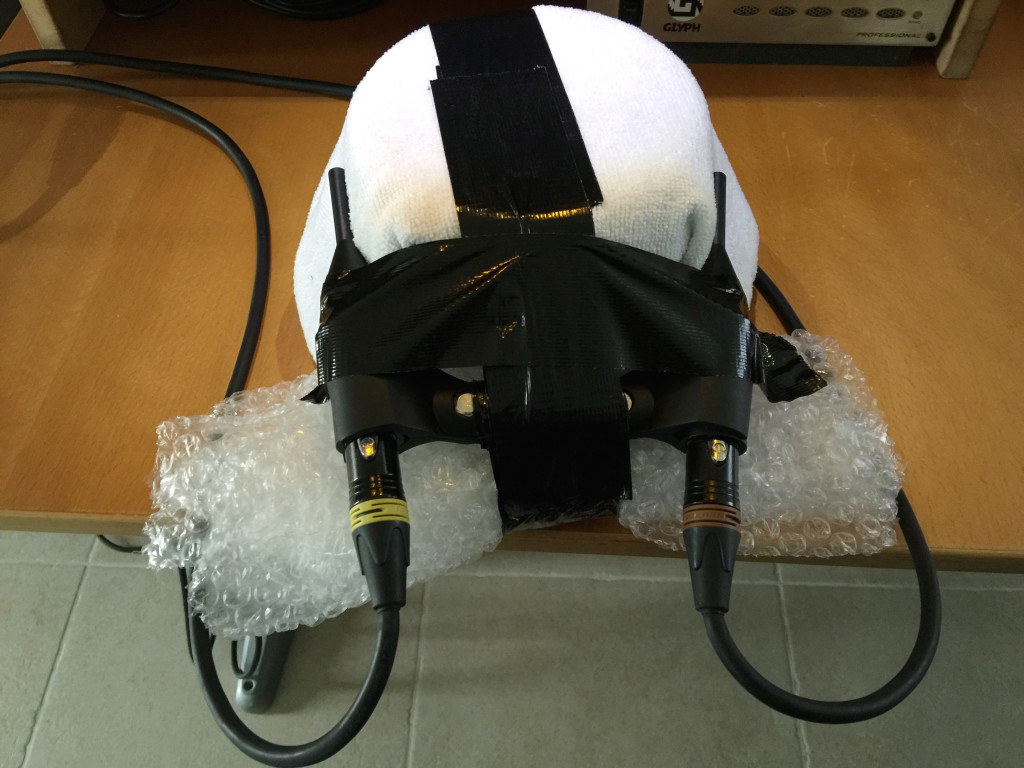
The bowl I used has ears on the sides, which allowed me to precisely position the headphone cups vertically and I then visually aligned them so that the tip of the microphones would be placed in the middle of the cups. I obviously took special care when placing the headphones on the microphones to make sure that the position was as much as humanly possible identical for all takes.
I then played the same music through the Pono Player, each time with different cables, recorded through my Metric Halo ULN-8 audio interface with a 96kHz/24bit resolution inside Audacity. The P5 headphones make it very easy to change the cables, you can just remove one of the magnetically attached pads and plug in a different cable.
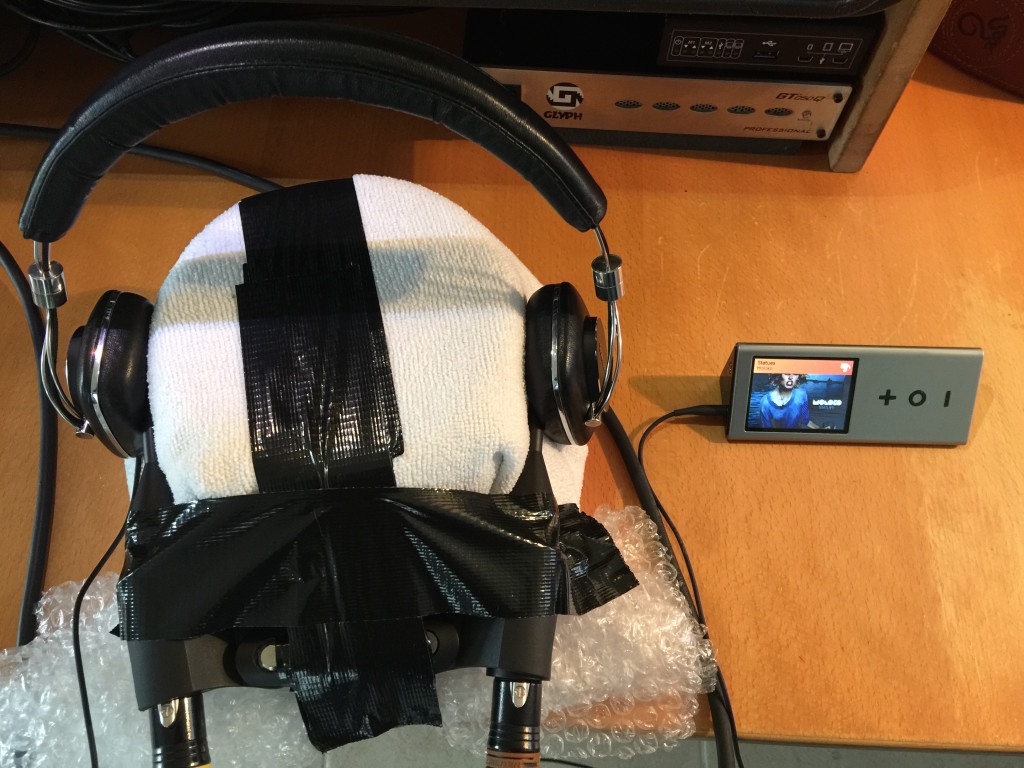
The outcome
When listening back to the recordings, I found that most of what I perceived as improvements with the custom cables was lost. Probably due to the microphones, my improvised head contraption, the recording process, … However, the essence of the difference still seemed to be there. To make sure I was not imagining things, I asked my girlfriend to listen to the takes and to tell me what she thought, without me being present.
She was not there during the recording, doesn’t have any experience with the headphones nor the cables, and I just told her how to switch between tracks in Audacity for listening. After 30 seconds she stopped and asked if the top recording corresponded to the custom cable because she could better hear certain details while the overall volume and sound remained very similar. She was correct and this also corresponds to what I discern.
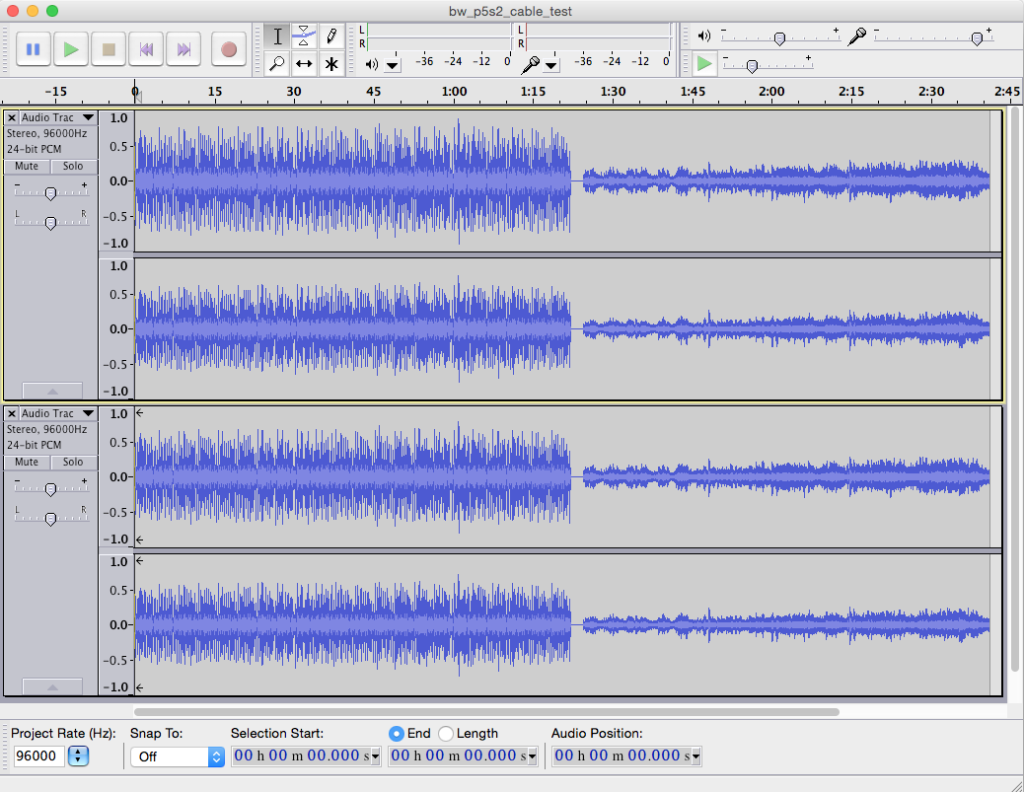
So, do cables matter?
I’m glad to know that I’m not imagining things when using higher-end cables, but obviously the benefit is totally related to what’s personally important to you. The original cable stills sounds wonderful, I just think the custom cable provides an extra few percent that pulls the sound out of the artificial realm and into a more realistic realm. With certain recordings, when I close my eyes, it feels like the artists are performing just for me, in the same room. To make that’s worth $100 since it triggers emotions that are absent otherwise.
Show me the goods
If you want to listen to the recordings from this experiment for yourself, you can download an excerpt from here. This zip archive contains 96kHz/24bit WAV files, captured raw from the microphones in the setup explained above. You obviously need a suitable DAC and headphones/monitors to evaluate the differences. Note that this is copyrighted material from Moloko’s Statues album. I hope that having re-recorded it and merely providing fractions of the songs will not be causing me any problems. If it does, I’ll have to take the link down.

